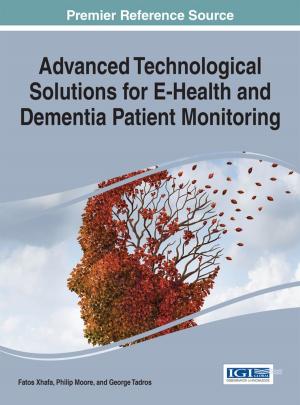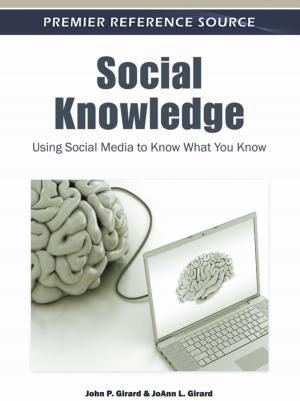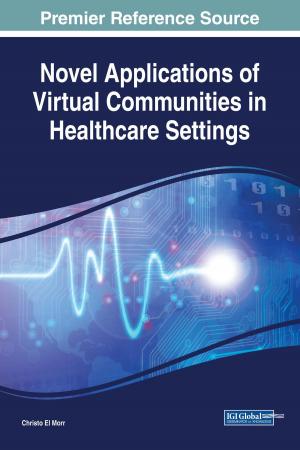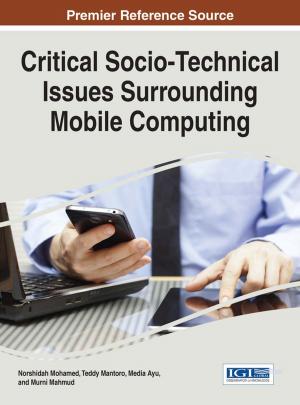Collaborative Learning 2.0
Open Educational Resources
Nonfiction, Reference & Language, Education & Teaching, Teaching, Computers & Technology, Computers| Author: | ISBN: | 9781466603721 | |
| Publisher: | IGI Global | Publication: | March 31, 2012 |
| Imprint: | Information Science Reference | Language: | English |
| Author: | |
| ISBN: | 9781466603721 |
| Publisher: | IGI Global |
| Publication: | March 31, 2012 |
| Imprint: | Information Science Reference |
| Language: | English |
Current advances and convergence trends in Web 2.0 have changed the way we communicate and collaborate, and as a result, user-controlled communities and user-generated content through Web 2.0 are expected to play an important role for collaborative learning. Collaborative Learning 2.0: Open Educational Resources offers a collection of the latest research, trends, future development, and case studies within the field. Without solid theoretical foundation and precise guidelines on how to use OER and Web 2.0 for collaborative learning, it would certainly be very difficult to obtain all the benefits that these “user-generated content, resources and tools” promise. The purpose of this handbook is to understand how OERs and Web 2.0 can be deployed successfully to enrich the collaborative learning experience and ensure a positive outcome in terms of user generated knowledge and development of skills.
Current advances and convergence trends in Web 2.0 have changed the way we communicate and collaborate, and as a result, user-controlled communities and user-generated content through Web 2.0 are expected to play an important role for collaborative learning. Collaborative Learning 2.0: Open Educational Resources offers a collection of the latest research, trends, future development, and case studies within the field. Without solid theoretical foundation and precise guidelines on how to use OER and Web 2.0 for collaborative learning, it would certainly be very difficult to obtain all the benefits that these “user-generated content, resources and tools” promise. The purpose of this handbook is to understand how OERs and Web 2.0 can be deployed successfully to enrich the collaborative learning experience and ensure a positive outcome in terms of user generated knowledge and development of skills.















